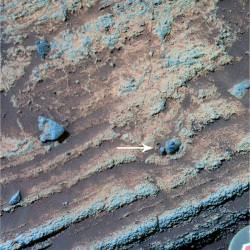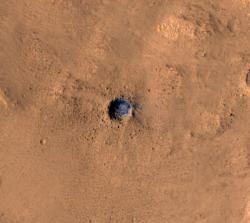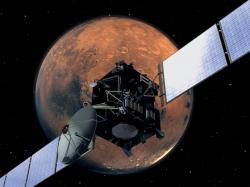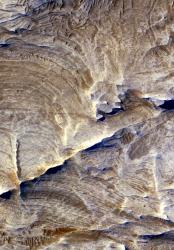NASA’s Mars Odyssey has performed a detailed analysis of water ice deposits beneath the surface of Mars, and found they vary greatly in depth. In other words, when future spacecraft land on the surface of Mars and start digging to reach these icy deposits, they might hit paydirt right away, or have to drill and drill and drill.
Mars Odyssey is equipped with Thermal Emission Imaging System as part of its suite of scientific instruments. This camera allows the spacecraft to detect subtle differences in temperature on the Martian surface. Regions which have ice close to the surface retain heat differently than regions where the ice layer is much deeper. This allows scientists to built up a map of ice depth.
In some cases, the ice will only be a few centimetres beneath the Martian surface, while in other situations, it could be many metres deep.
Future spacecraft, such as the Phoenix Mars Lander, may need to dig deep to find the ice.
Original Source: NASA/JPL/ASU News Release










